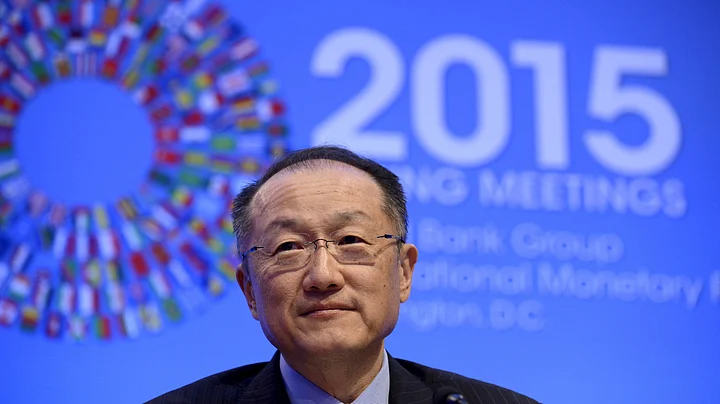India was the world’s largest recipient of remittances from abroad in 2015 despite experiencing a USD 1 billion drop from the previous year, the first decline in its remittances since 2009, the World Bank said today.
India retained its top spot in 2015, attracting about USD 69 billion in remittances, down from USD 70 billion in 2014, the World Bank said in its annual report ‘Migration and Development Brief’.
Other large remittance recipients in 2015 were China, with USD 64 billion, the Philippines ($28 billion), Mexico ($25 billion) and Nigeria ($21 billion).
Remittances to India, the (South Asian) region’s largest economy and the world’s largest remittance recipient, decreased by 2.1 percent in 2015, to $68.9 billion. This marks the first decline in remittances since 2009.World Bank report
Officially recorded remittances to developing countries amounted to $431.6 billion in 2015, an increase of 0.4 percent over $430 billion in 2014. The growth pace in 2015 was the slowest since the global financial crisis, the report said.
Global remittances, which include those to high-income countries, contracted by 1.7 percent to $581.6 billion in 2015, from $592 billion in 2014, the World Bank said.
“Remittances are an important and fairly stable source of income for millions of families and of foreign exchange to many developing countries,” said Augusto Lopez-Claros, Director of the World Bank’s Global Indicators Group.
However, if remittances continue to slow, and dramatically as in the case of Central Asian countries, poor families in many parts of the world would face serious challenges including nutrition, access to healthcare and education.
According to the report, the growth of remittances in 2015 slowed from eight percent in 2014 to 2.5 percent for Bangladesh, from 16.7 percent to 12.8 percent for Pakistan, and from 9.6 percent to 0.5 percent for Sri Lanka.
“Slower growth may reflect the impact of falling oil prices on remittances from GCC countries,” the report said.
For example, in the fourth quarter of 2015, year-on-year growth of remittances to Pakistan from Saudi Arabia and the UAE were 11.7 percent and 11.6 percent, respectively, a significant deceleration from 17.5 percent and 42.0 percent in the first quarter, the report explained.
Also, deprecation of major sending country currencies (for example, the euro, the Canadian dollar and Australian dollar) vis-a-vis the US dollar may be playing a role, it noted.
Remittances to Nepal rose dramatically in response to the earthquake, by 20.9 percent in 2015 versus 3.2 percent in 2014.
(At The Quint, we question everything. Play an active role in shaping our journalism by becoming a member today.)
